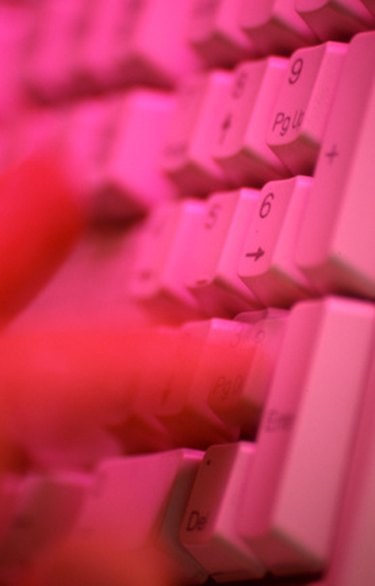
Before microchips and software enabled computers to interpret and apply data, computers processed information using punch cards. A punch card encodes digital information through the presence or absence of punched holes at specific points on the card. To read the card, you must know the code for interpreting the absence or presence of holes. There have been many different card codes. We'll look at how to read one of the most commonly used punch cards in the pre-transistor era, IBM's 80-column punch card.
Step 1
Check the first three rows (the two rows of the top section and the first row of the bottom section) of a given column of the punch card to determine whether you are reading a letter or number. If no hole is punched in those three rows, you are viewing a number, which corresponds to the labeled number that is punched in the same column in the bottom section of the card. If a hole is punched in one of the first three rows, you are viewing a letter; in this case, go to Step 2.
Video of the Day
Step 2
Note the location of the punched hole in the top three rows to determine which group of letters is being selected from in the bottom section of the punch card. A hole in the first row of the card means that the letter indicated in the bottom section of the card within the same column is between "A" through "I." A hole in the second row means that the letter is between "J" and "P." A hole in the third row (which is the row labeled zero [0], i.e., the first row of the bottom section) means that the letter is between "Q" and "Z."
Step 3
Relate the number that has been punched in the bottom section of the column to the letter in the alphabet group indicated in the top three rows. The number tells you how far to count in the sequence of letters. Thus, if the number that has been punched in the bottom section is "1," the letter being coded for is the first letter in the alphabet group; if the number is "2," it's the second letter in that group, and so forth. For example, when the group "A" through "I" has been indicated in the top three rows, a punch hole at "1" means "A," a punch hole at "2" means "B" and so forth.
Video of the Day